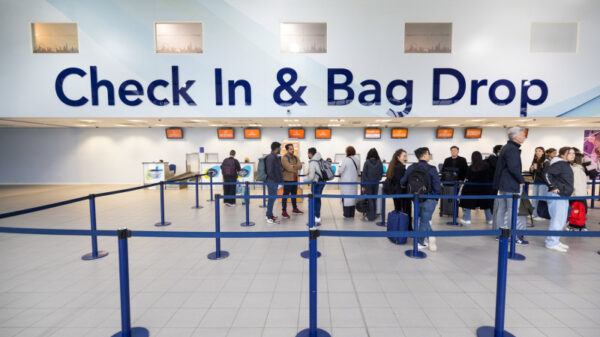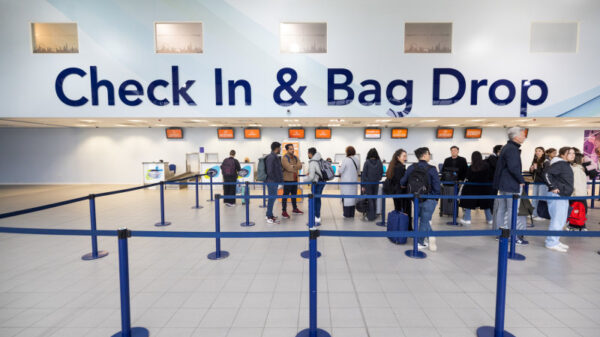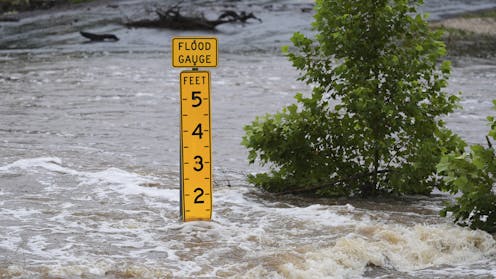Flash floods, such as the one that struck the Guadalupe River in Texas on July 4, 2025, highlight the unpredictable nature of severe weather events. While advanced flood prediction models and various warning systems exist, effective flood protection relies heavily on community preparedness and the ability to communicate risks effectively. Researchers emphasize that understanding how individuals interpret and respond to emergency alerts is crucial for improving public safety.
Research conducted by Keri K. Stephens, an expert in emergency communications, reveals that prior experiences with floods significantly influence an individual’s perception of risk. Those who have previously encountered flooding tend to be more aware of the potential dangers. In contrast, individuals who have never experienced such events often lack an understanding of different flood risks, including storm surges and flash floods.
Despite the importance of preparedness drills among first responders, community-wide participation in these exercises remains limited. This gap in engagement can hinder the effectiveness of flood risk communication and preparedness efforts.
Crafting Effective Messages for Flood Risks
The methods used to convey flood warnings play a critical role in their effectiveness. Keri’s research team collaborates with the Texas Water Development Board to enhance resources for local flood officials. These initiatives aim to prioritize essential information about flood hazards for communities. For instance, the widely recognized message “Turn Around Don’t Drown” may not resonate with all demographics. Newer messages, such as “Keep Your Car High and Dry,” have been tailored to appeal to younger adults, who may be more concerned about protecting their vehicles than understanding the gravity of flooding.
Behavioral responses to flood warnings often reveal a disconnect. Many individuals express sentiments like, “Another flash flood warning. We get these all the time. It’s never about flooding where I am.” Such perceptions illustrate the challenge of communicating the significance of alerts. For many, the term “flood warning” encompasses a range of interpretations, often influenced by their geographical proximity to a flood event.
Utilizing Multiple Communication Channels
Flood warnings are not solely disseminated through formal channels. In numerous communities, informal networks are vital. Emergency managers frequently communicate directly with local businesses and organizations to ensure that critical information reaches residents. This interpersonal approach, akin to community systems in Japan, can provide an additional layer of confirmation that warnings have been received, a reliability that mass media and digital systems cannot guarantee, especially during outages.
Research indicates that effective warning messages must include five key components: a clear hazard description, location-specific information, actionable guidance, timing cues, and a credible source. The Federal Emergency Management Agency (FEMA) utilizes the Integrated Public Alert and Warning System (IPAWS) to assist authorities in crafting impactful messages. While IPAWS offers a nationwide framework for emergency alerts, its effectiveness can be hindered by limitations in training for emergency managers and the technological capabilities of older mobile devices.
Hyperlocal notification systems can enhance communication by allowing residents to opt-in for targeted alerts. However, these systems encounter challenges, including the need for community awareness and willingness to share personal contact information. Social media platforms are increasingly utilized for sharing updates, yet these often reach only certain demographics and may not be regularly checked by all residents.
The effectiveness of emergency communication relies on redundancy across various channels. Research shows that multiple alerts can create a sense of urgency among recipients. A simple yet effective strategy is to encourage individuals to share warnings with others in their community. As Dennis Mileti, former Director of the Natural Hazards Center, noted, “The wireless emergency alerts system is fast. Mama is faster,” underscoring the importance of personal communication.
Addressing Warning Fatigue
Concerns about warning fatigue are rising among professionals from the National Weather Service, FEMA, and the Federal Communications Commission. Warning fatigue occurs when individuals become desensitized to frequent alerts, potentially ignoring critical information. There is a notable lack of empirical data regarding when and how people experience warning fatigue, which complicates efforts to communicate effectively.
Officials face a dual challenge: they must deliver warnings to at-risk populations while avoiding overwhelming them with information. Determining the difference between warnings perceived as relevant and those that do not apply to an individual’s immediate area is essential, particularly when people might inadvertently drive into flooded regions.
To enhance the effectiveness of emergency communication, it is vital to create messages that resonate with specific audiences and foster community networks that complement technological systems. Current research is focused on identifying strategies to improve communication both in the United States and internationally. Applying behavioral insights to the design of communication systems is crucial for success.
Lastly, maintaining robust redundancy across diverse communication channels ensures that emergency messages reach as many people as possible. While technology plays a supportive role in decision-making, it cannot replace the human element essential to effective emergency response.
Keri K. Stephens’ research, which informs this article, has received external funding from the Texas Water Development Board, Texas General Land Office, and the National Science Foundation. All published results have undergone peer review, and the views expressed are those of the author, not the funding organizations. Hamilton Bean has also received research funding from the U.S. Department of Homeland Security and the National Oceanic and Atmospheric Administration, with published results reflecting his independent opinions.



























































